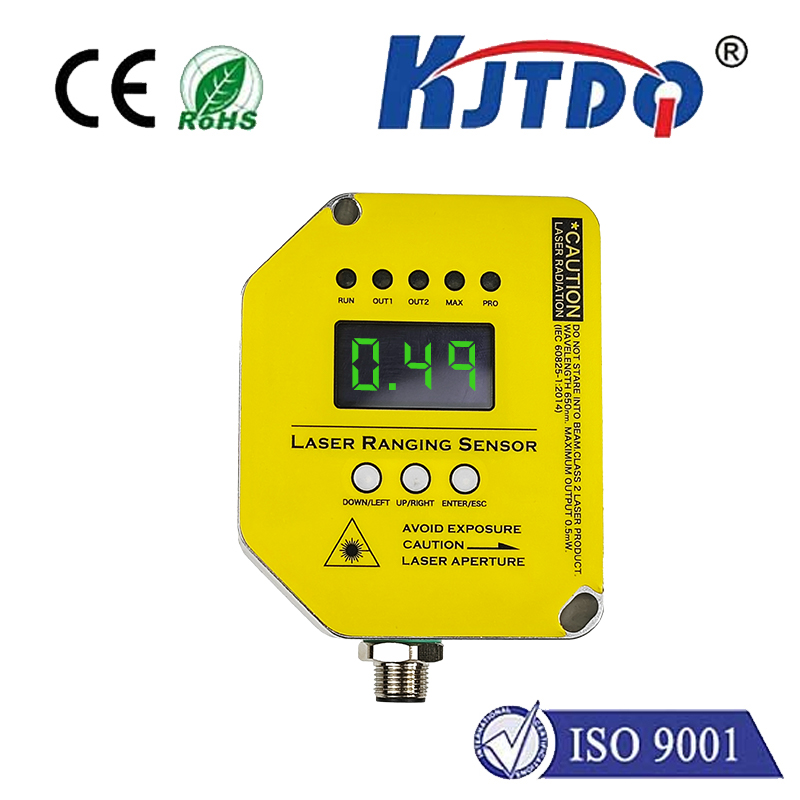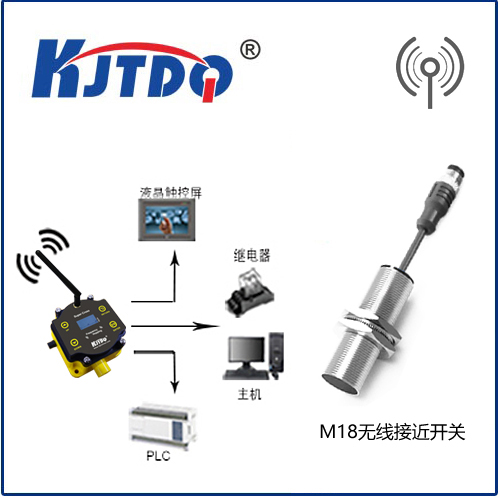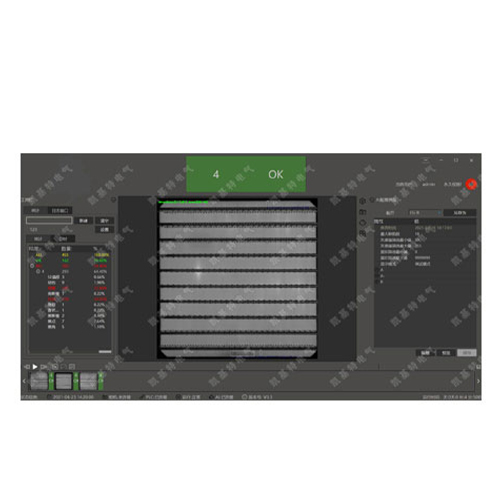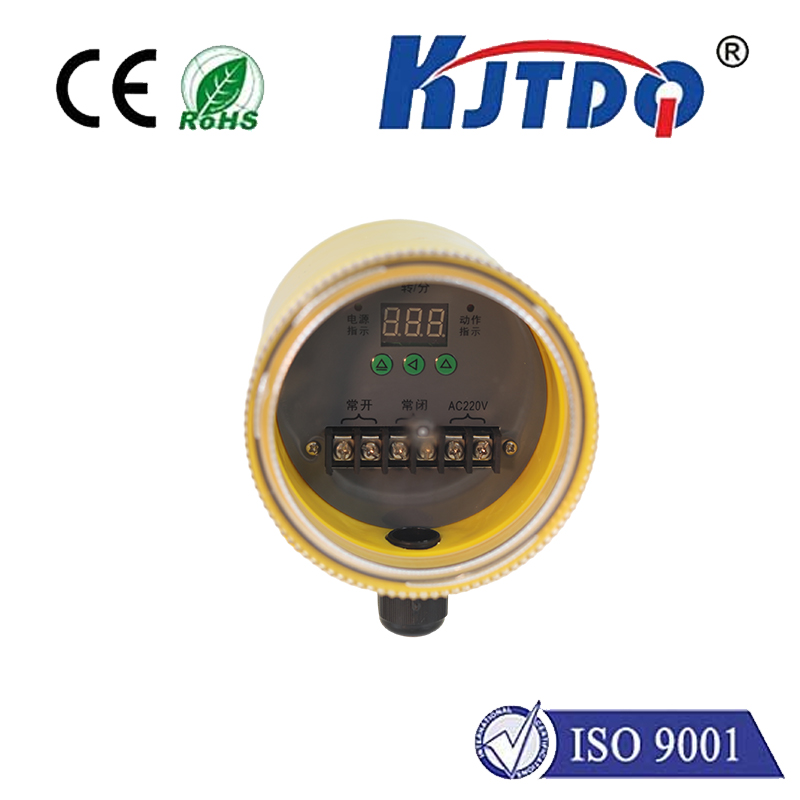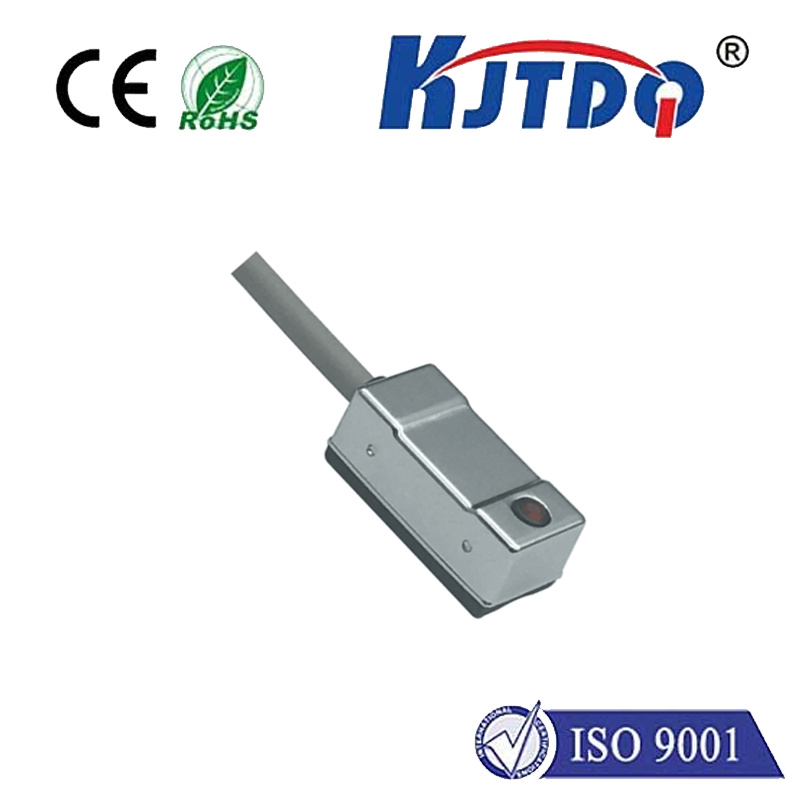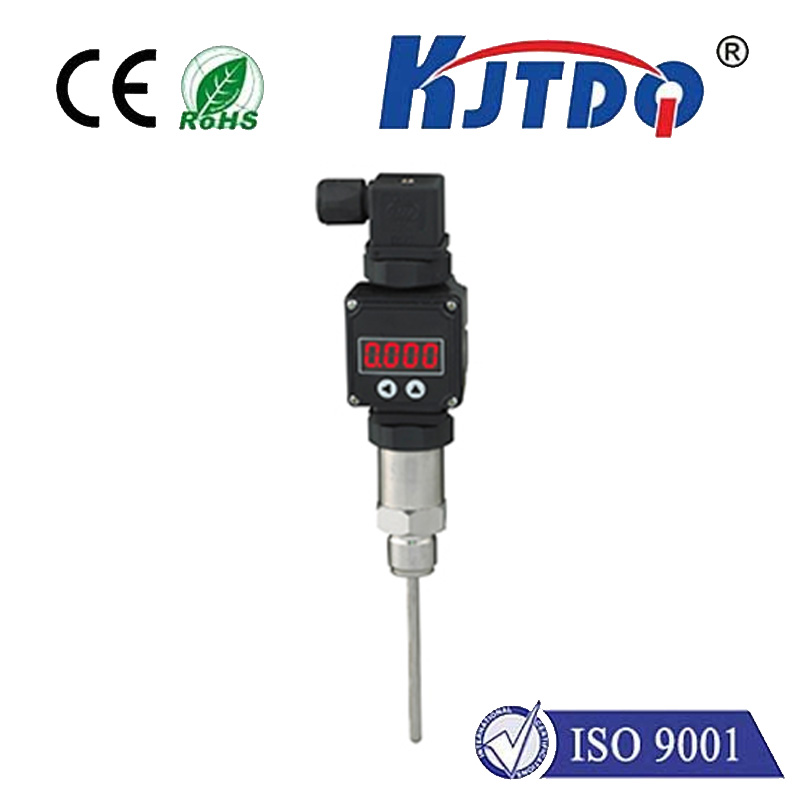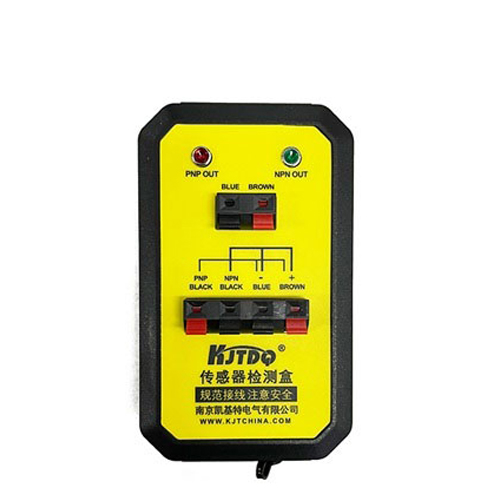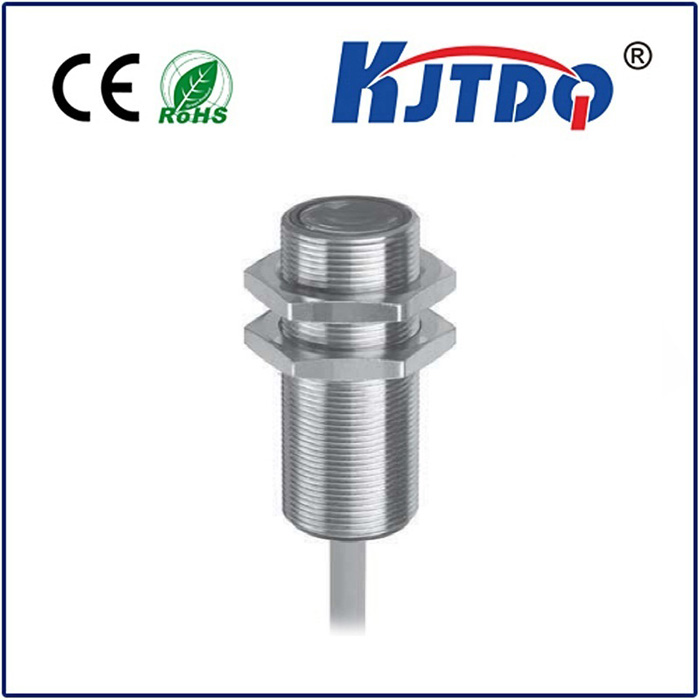long range laser sensor
- time:2025-09-08 15:49:56
- Click:0
Long Range Laser Sensors: Pushing the Boundaries of Remote Measurement
Imagine accurately measuring the distance to a wind turbine blade hundreds of feet in the air, precisely mapping the contours of a vast open-pit mine from the edge, or safely monitoring the structural integrity of a dam from a secure vantage point. These feats, once incredibly challenging or downright impossible, are made routine by the remarkable capabilities of long range laser sensors. These sophisticated devices represent the pinnacle of non-contact measurement, enabling precision where traditional tools simply can’t reach.
Unveiling the Power: What are Long Range Laser Sensors?
At their core, long range laser distance sensors operate on the fundamental principle of measuring the time it takes for a pulse or modulated beam of laser light to travel to a target and back. This time-of-flight principle, combined with incredibly precise timing electronics and high-quality optics, allows them to achieve measurement ranges that often span hundreds of meters, even extending up to several kilometers under optimal conditions. Crucially, they accomplish this without any physical contact with the target, making them ideal for applications involving hazardous environments, inaccessible objects, or delicate surfaces.
Where Distance Matters: Key Applications Revolutionized

The ability to gather precise data from afar unlocks possibilities across diverse sectors:
- Surveying, Mapping & Geospatial Intelligence: Long range laser measurement is fundamental to modern LiDAR (Light Detection and Ranging) systems mounted on aircraft, drones, and ground vehicles. It enables the rapid, high-resolution creation of topographic maps, digital elevation models (DEMs), and 3D point clouds of vast landscapes, forests, and infrastructure. This is indispensable for urban planning, forestry management, flood modeling, and archaeological surveys.
- Industrial Automation & Large-Scale Metrology: In sprawling factories, shipyards, or construction sites, measuring large components, aligning machinery over significant distances, or verifying the position of cranes and gantries is critical. Long-range sensors provide the accuracy needed for tasks like position control of overhead cranes, monitoring large assembly jigs, or ensuring the correct placement of prefabricated sections.
- Infrastructure Monitoring & Inspection: Safely assessing the health of critical infrastructure like bridges, dams, power lines, tall chimneys, and wind turbine blades is paramount. Laser distance sensors enable engineers to monitor structural deflections, settlement, or vibrations remotely over time, identifying potential issues before they escalate, often without requiring disruptive and costly physical access.
- Mining & Quarrying: Accurately measuring stockpile volumes, monitoring slope stability on high walls, and managing excavation depths in massive open-pit mines are vital for safety and efficiency. Long-range sensors provide the necessary reach and precision for these hazardous environments.
- Autonomous Vehicles & Robotics: Long range sensing capability is crucial for the perception systems of autonomous vehicles (drones, ships, cars), especially at highway speeds. It helps detect obstacles, other vehicles, and terrain features well in advance, allowing ample time for safe navigation decisions.
- Renewable Energy: Monitoring wind turbine blade clearance or tracking the position of components in large solar farms benefits significantly from precise, non-contact distance measurement over significant distances.
The Technology Behind the Reach
Achieving reliable long-range performance relies on several key technological elements:
- High-Power Lasers: Typically using infrared wavelengths (like 905nm) that offer a good balance between eye-safety (Class 1), atmospheric transmission, and available power for long-distance signal return.
- Sophisticated Optics: Precision lenses focus the outgoing laser beam tightly over long distances and collect the maximum amount of the faint returning signal. Advanced optical filtering minimizes interference from ambient light.
- Precise Time Measurement: Time-of-flight (ToF) sensors employ incredibly fast electronics (often using specialized Time-to-Digital Converters - TDCs) to measure the pulse transit time with picosecond resolution. Phase-shift measurement techniques are also used for modulated lasers, especially at very long ranges, providing high accuracy.
- Signal Processing Algorithms: Sophisticated software filters out noise, compensates for atmospheric conditions (like varying air density), and reliably detects the true return signal amidst potential background clutter. This is crucial for stable measurement in demanding outdoor environments.
- Robust Enclosures: Sensors designed for industrial or outdoor use feature rugged housings (IP67/IP69K ratings) to withstand dust, moisture, vibrations, and extreme temperatures.
Advantages Over Alternatives: Why Choose Laser?
Compared to ultrasonic sensors (limited range, affected by temperature/wind) or traditional surveying methods (slow, labor-intensive), long range laser distance sensors offer distinct benefits:
- Exceptional Range: Enables measurement of targets hundreds of meters to kilometers away.
- High Accuracy & Precision: Capable of millimeter-level or better accuracy at significant distances.
- Non-Contact Operation: Eliminates the need for physical access, preventing damage and enabling safe measurement of hazardous, moving, or delicate targets.
- Fast Measurement Speed: Provides real-time or near real-time distance data, essential for dynamic applications like robotics or vehicle guidance.
- Compact & Versatile: Available in relatively compact form factors suitable for integration into various platforms and systems.
Looking Ahead: The Future of Long-Range Sensing
The evolution of long range laser measurement technology continues apace. Key trends include:
- Increased Range & Robustness: Ongoing improvements in laser diodes, detectors, and optics are pushing maximum ranges further while enhancing performance in challenging conditions like fog, rain, or dust.
- Higher Resolution & Accuracy: Advancements in timing electronics and signal processing enable finer detail capture at longer distances.
- Miniaturization & Cost Reduction: Making powerful long-range capabilities more accessible for a wider range of applications, including consumer and commercial drones.
- Smart Sensor Fusion: Integration with other sensing modalities like cameras, radar, and IMUs (Inertial Measurement Units) to provide richer contextual data beyond just distance.
- Enhanced LiDAR Capabilities: Driving down the cost and size of long-range LiDAR while boosting performance is crucial for its widespread adoption in autonomous vehicles and advanced robotics.
Long range laser sensors have fundamentally transformed how we measure, monitor, and interact with the world at a distance. From ensuring the stability of our tallest structures to guiding autonomous vehicles and mapping the planet with unprecedented detail, their ability to deliver precise, non-contact measurements far beyond the reach of conventional tools makes them an indispensable asset across countless industries. As technology advances, their reach, accuracy, and accessibility will only grow, further unlocking possibilities for innovation, safety, and efficiency on a grand scale.












